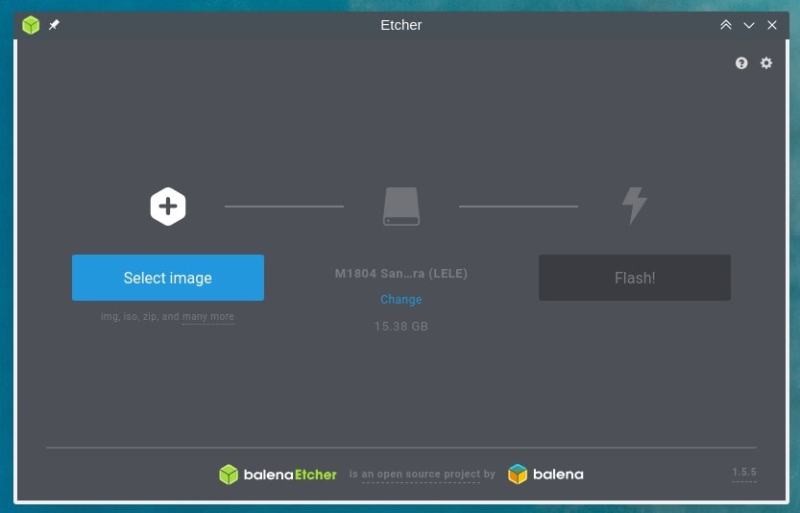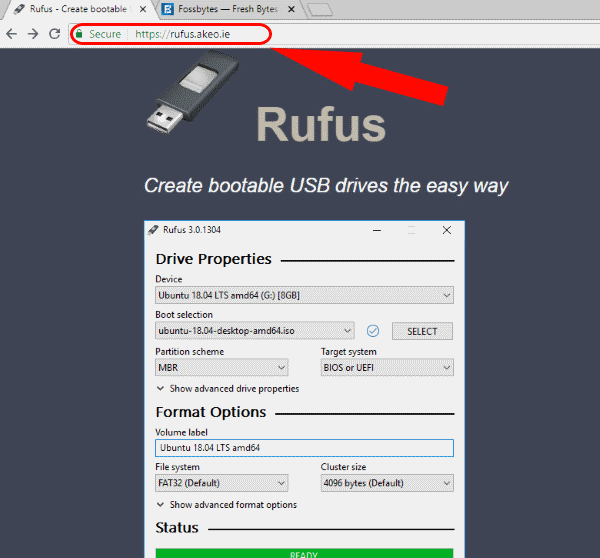

The persistence filesystem is intended for system configuration: customisations such as keyboard layout, numlock, preferences, additional packages saved on the drive etc. Note also: Nothing prevents you creating a storage partition on your USB (assuming it has space available). Limit can be overcome and is explained later on. Limited to 4GB (maximum file size on a FAT32 filesystem is 4GB). Note that the maximum space that can be allocated for persistence is It explains how to get past the 4GB filesystem limitation. There's an excellent article on the Live Usb Pendrive Persistence here. Have a look at Linux Live USB and UNetbootin to do that. You can do this with configuration persistence and additional storage for your files on the thumb drive. If you want your thumb drive to boot (and run properly) on different hardware configurations you need to use a live USB type setup. Yes, but not the way you your thumbdrive is currently set up. It is possible to work on different computers with the usb stick? Now, you will need to select the source ISO file and specific device for bootable media.You're getting a boot-loop because Linux boots expecting the original hardware that it configured your system with during the initial installation.Open the Startup Disk Creator application by typing or searching in the search box.

You can create this from a Windows computer using Rufus or from an existing Ubuntu installation with ‘Startup Disk Creator’ - see How to Create a Bootable Linux USB Flash Drive, the Easy Way. A bootable USB thumb drive with the Ubuntu 19.10 installation media. It will present you with obvious warnings, click Yes. Select Ubuntu under step 1 Browse to the location of downloaded Ubuntu ISO in Step 2 section In Step 3, select the USB drive and also check the option to format it.

Download the Ubuntu release of your choice from here A blank DVD Ensuring the authenticity of an Ubuntu ISO The download can be verified to ensure the data integrity and authenticity of the file. Step 3: Copy your motherboard’s BIOS update and flashing utility files into the root of flash drive. Step 2: Use unetbootin to install a bootable FreeDOS onto the flash drive. Step 1: Use gparted to create a single FAT16 formatted partition on the flash drive.

To create an Ubuntu installation DVD on Windows, you will need the following: An Ubuntu ISO file. How to: Create a usb DOS boot disk using Ubuntu. If you’re a command-line fan and want to create a bootable USB, here’s what to do. When the process is complete, you’ll have made a bootable Linux USB with Gnome Disks! Many Linux users prefer the terminal console as opposed to using GUI tools. Select the “Start Restoring” button to create the bootable USB.


 0 kommentar(er)
0 kommentar(er)
